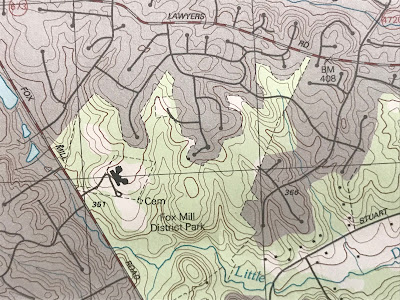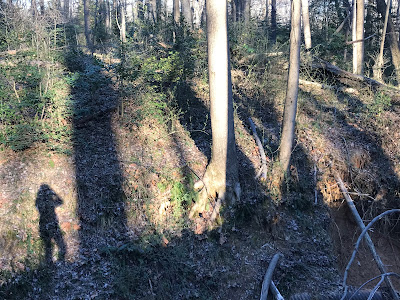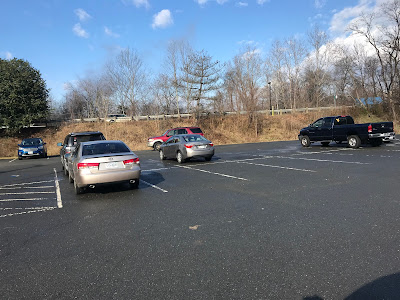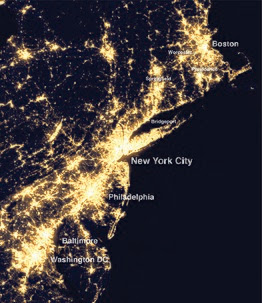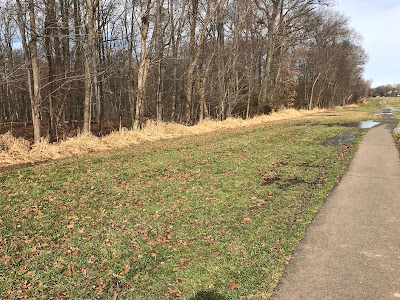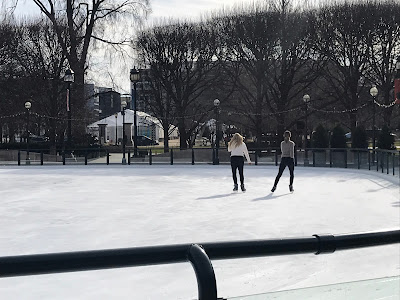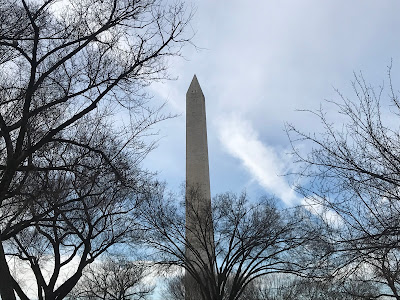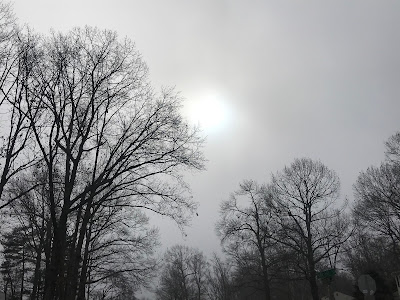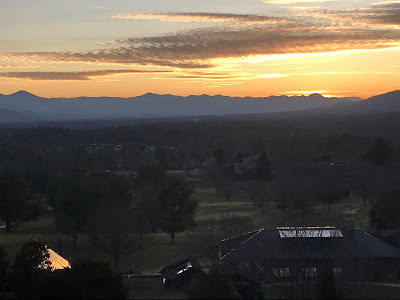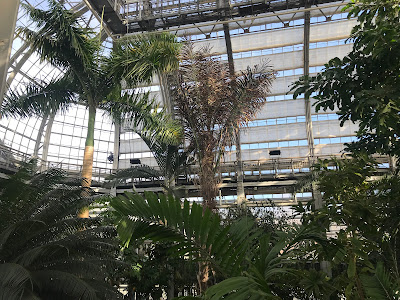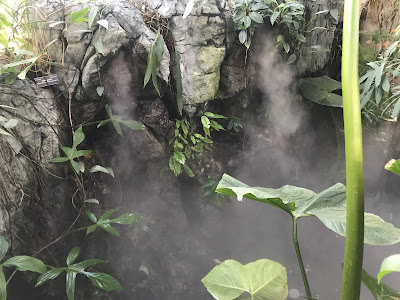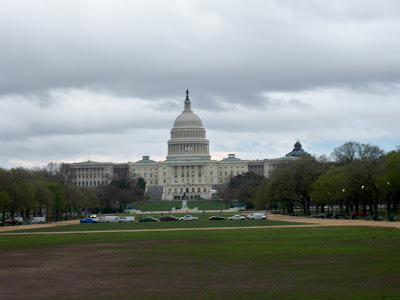Over the weekend, a family birthday party took me to Towson, Maryland. It dawned on me as I was driving that my niece, her husband and their now one-year-old daughter live in the same metropolitan area that I do. I can get in my little gray car and drive for an hour and a half and never leave home.
It sure feels like leaving home, though. Four expressways are involved: the Dulles Toll Road, the Capital Beltway, I-95 and I-695 (the Baltimore Beltway). And the two places have quite a different look and feel.
The megalopolis is a strange creature, a many-bellied beast of a term. Coined in the middle of the last century, it means two or more adjacent metropolitan areas that share enough transport, economy, resources and ecologies to blur their boundaries and complete a continuous urban area. I see that megalopolis is an outdated term. It’s now megaregion, according to the America 2050 Initiative.
Given that most humans identify with a house, a block, a town at most, I think we’re in dangerous territory here. Let the geographers have their fun, but as far as I’m concerned I definitely left home on Saturday.
(The Northeast Megaregion at night. Courtesy Wikipedia, which also served as source for some of the information in this post.)
